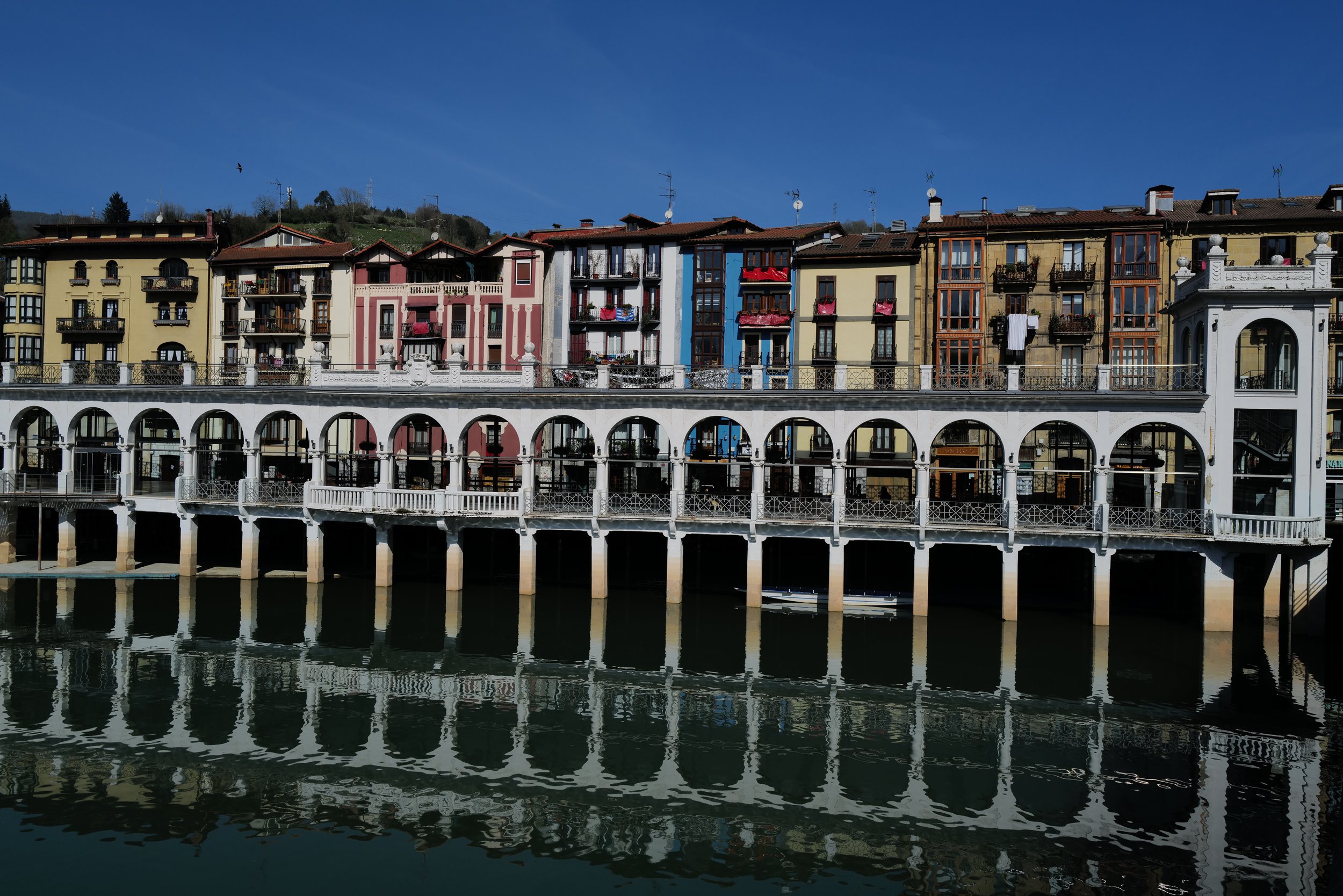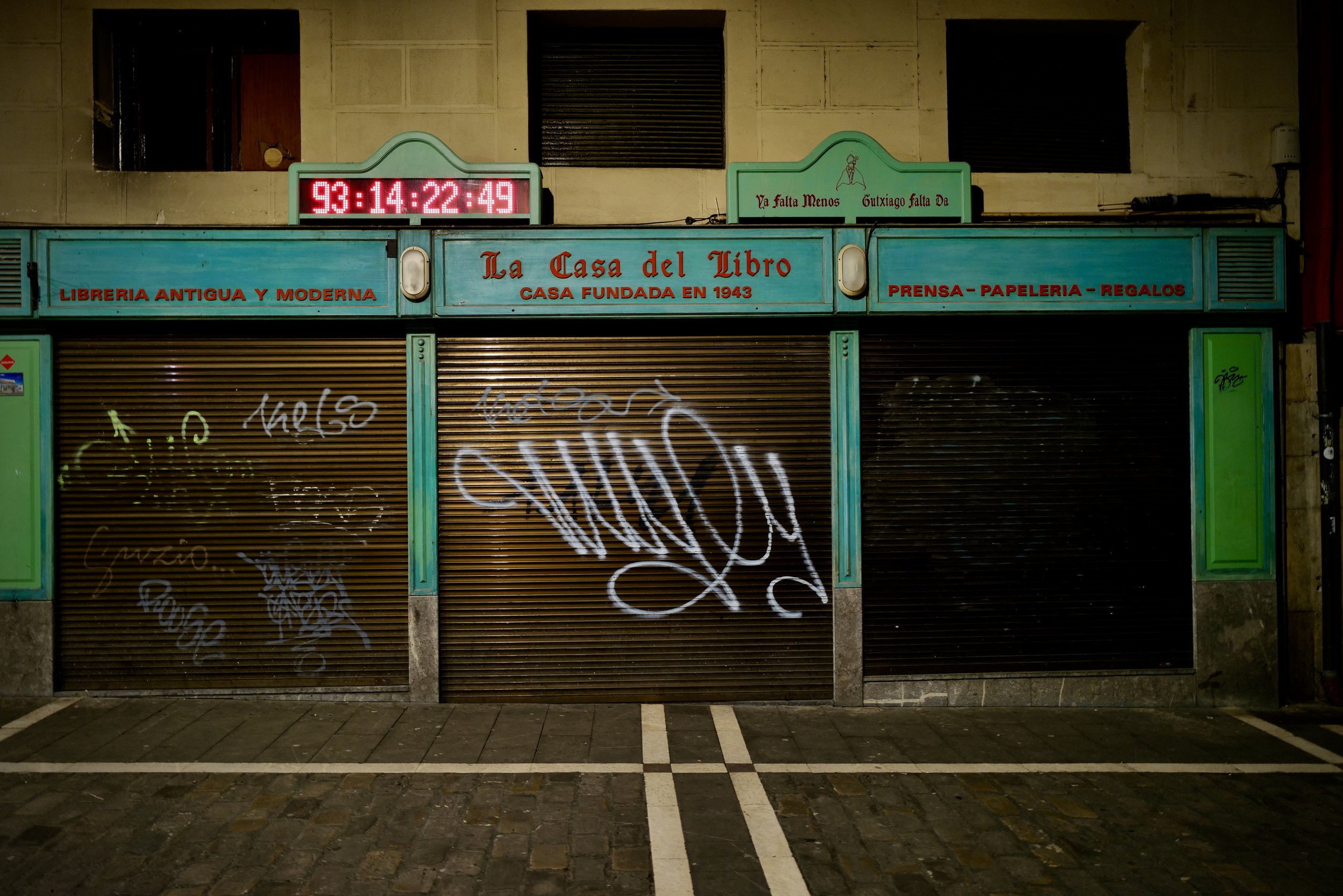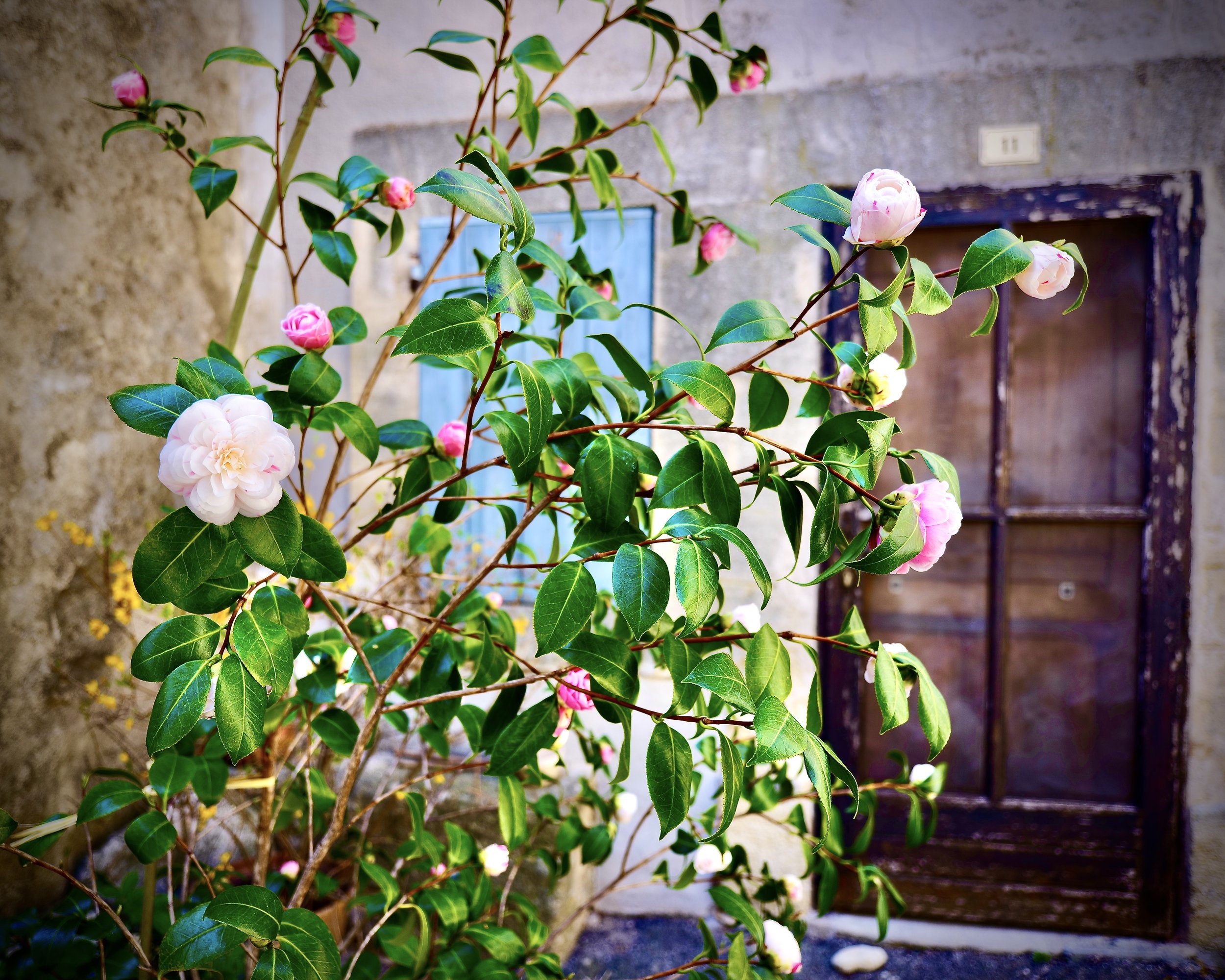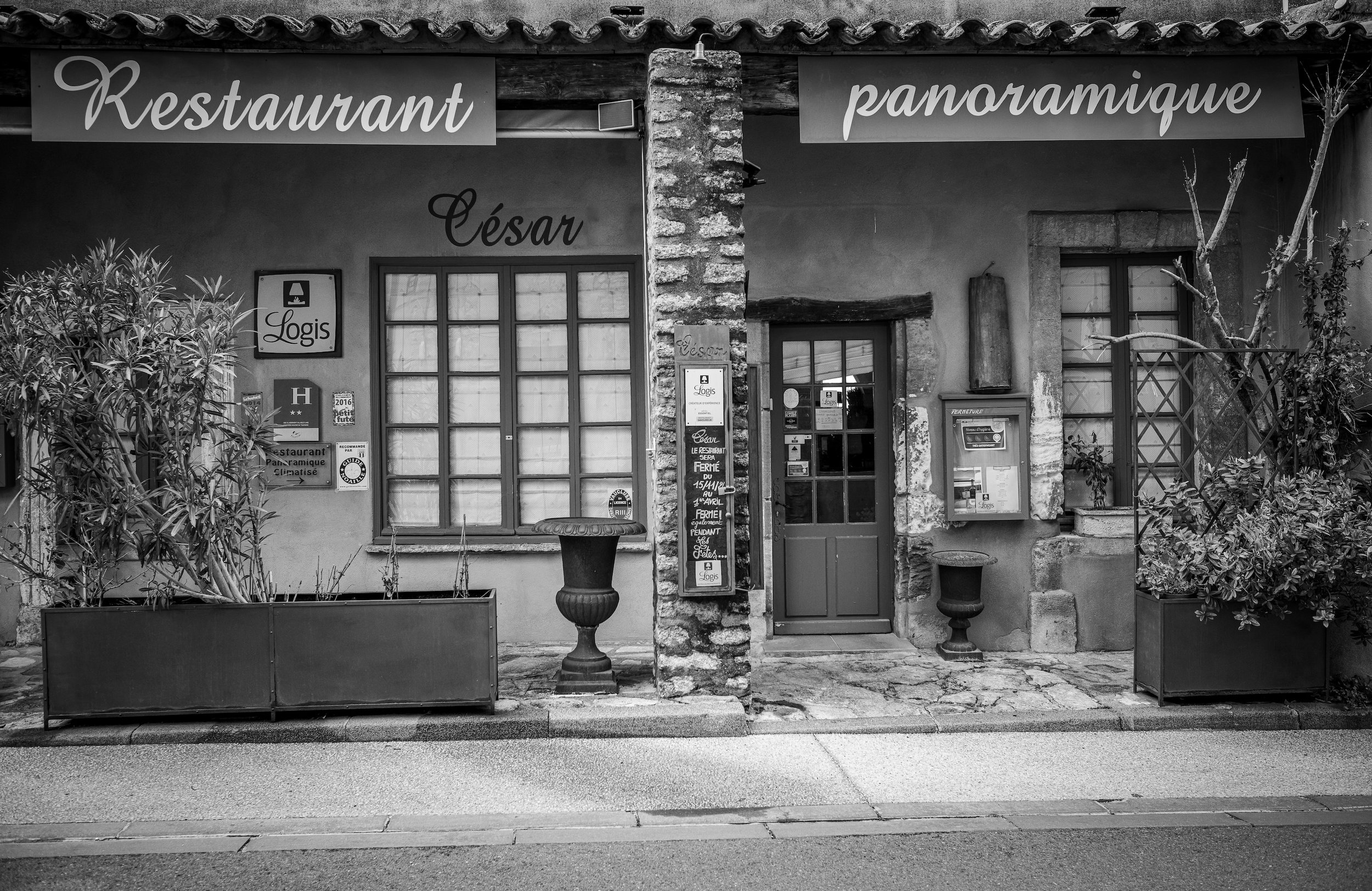

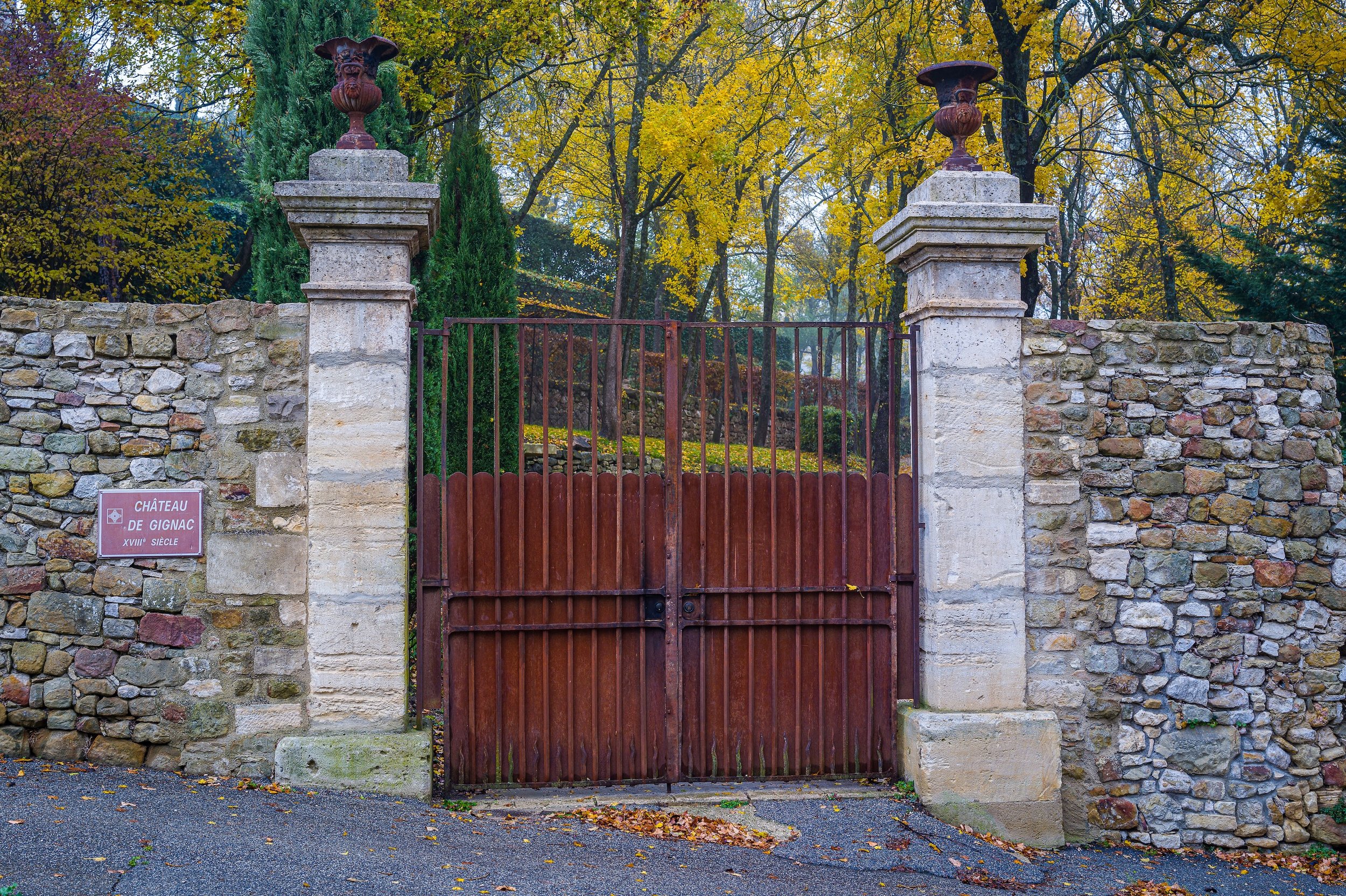

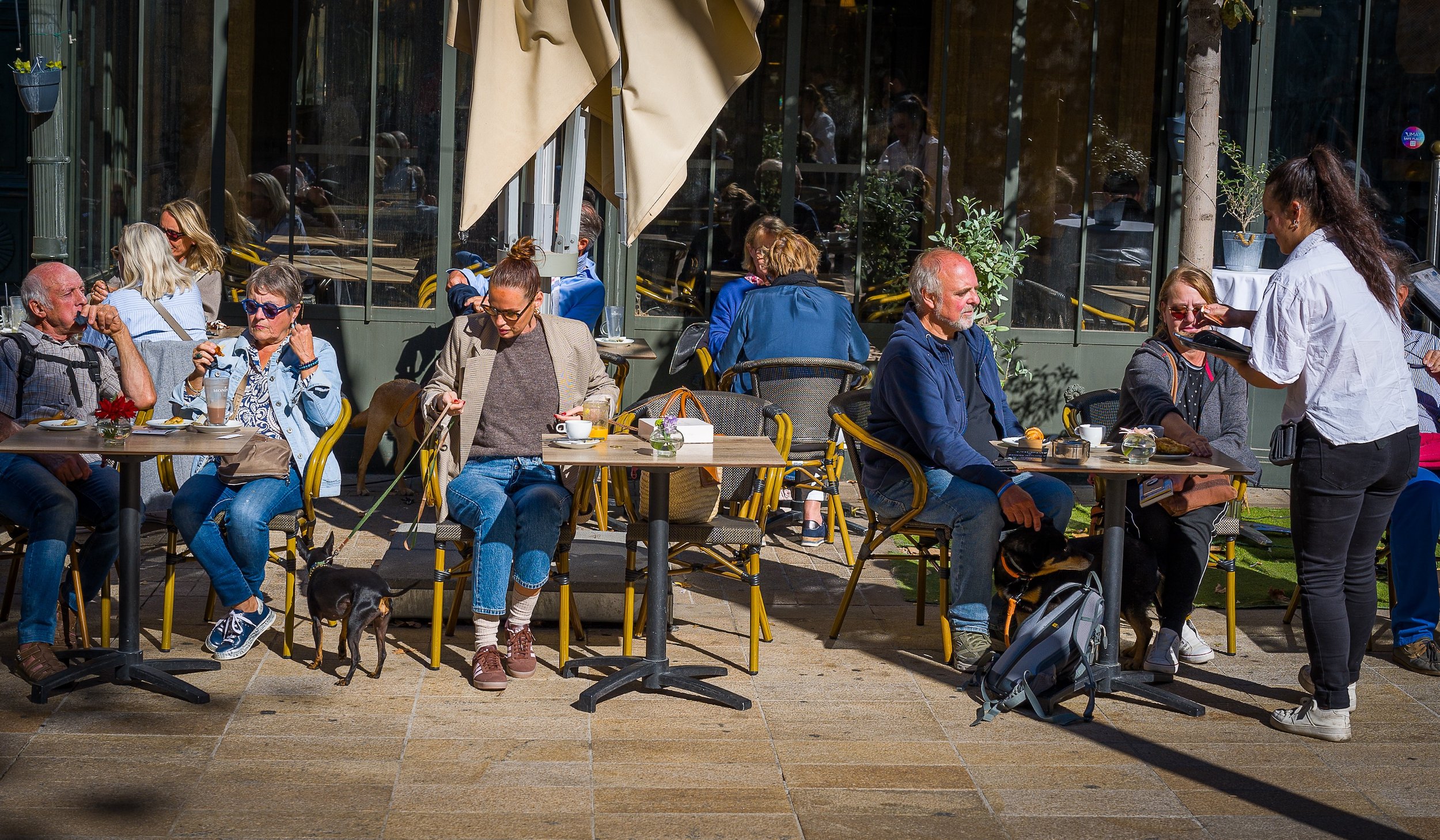
The Cafe Culture of Aix en Provence captured by the Leica Q3 43.
Leica Cameras for Travel.

A DAY TRIP TO SAINT-PAUL-TROIS-CHATEAU: STAGE 17 OF THE TOUR de FRANCE
Leica Cameras for Travel.


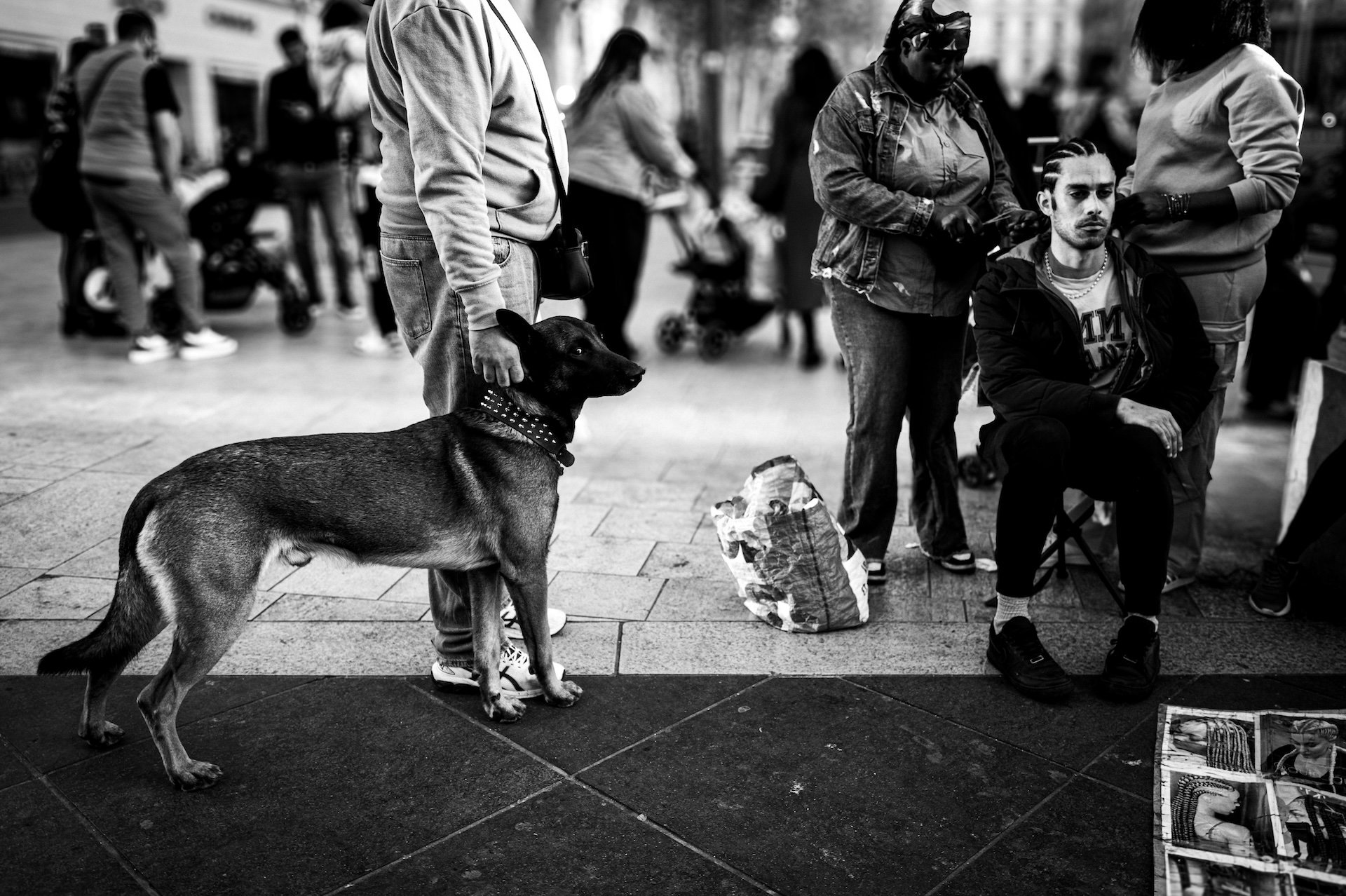
AN EVENING OF STREET PHOTOGRAPHY IN MARSEILLE WITH THE NEW LEICA Q3.
Leica Cameras for Travel.

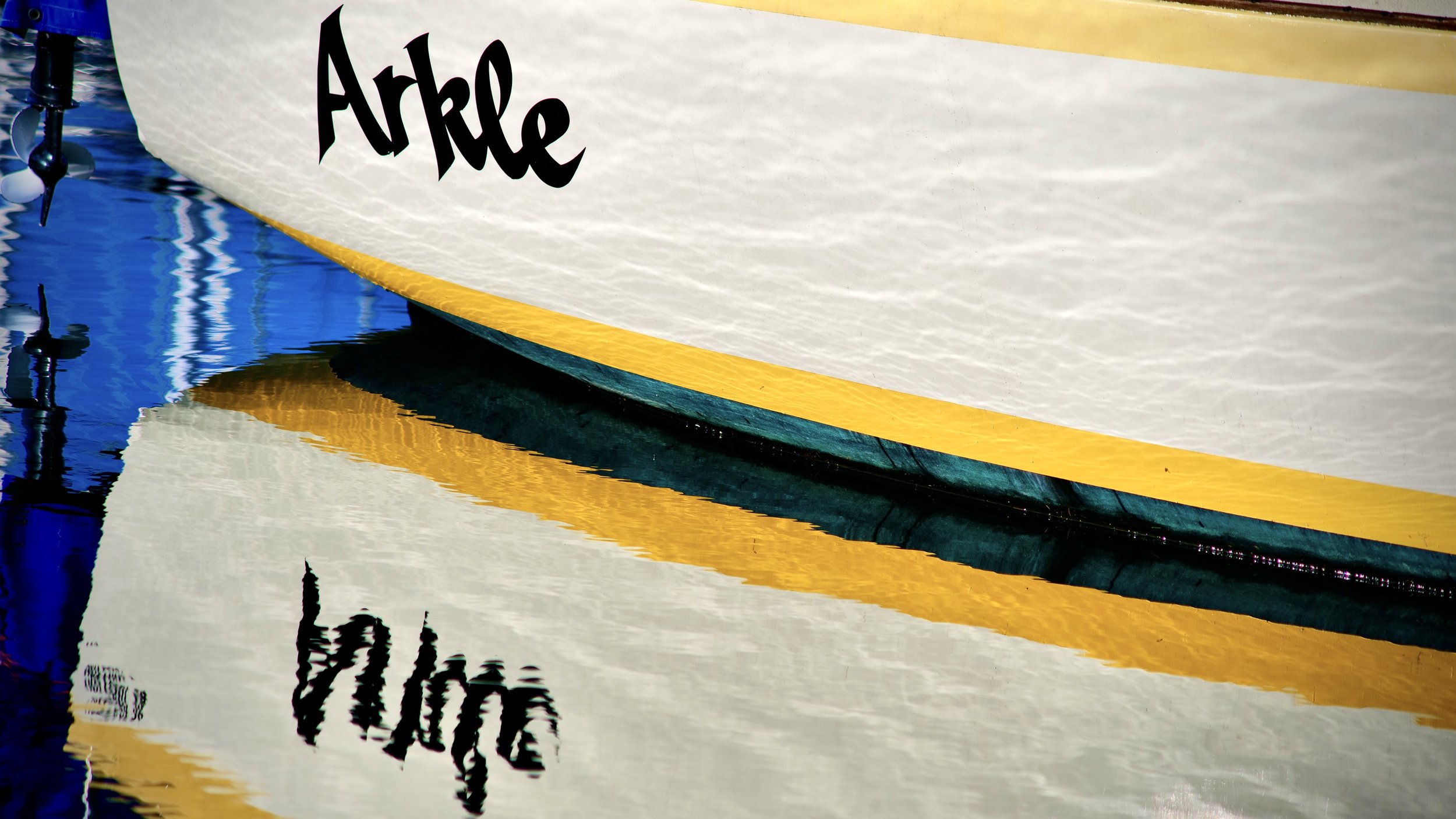
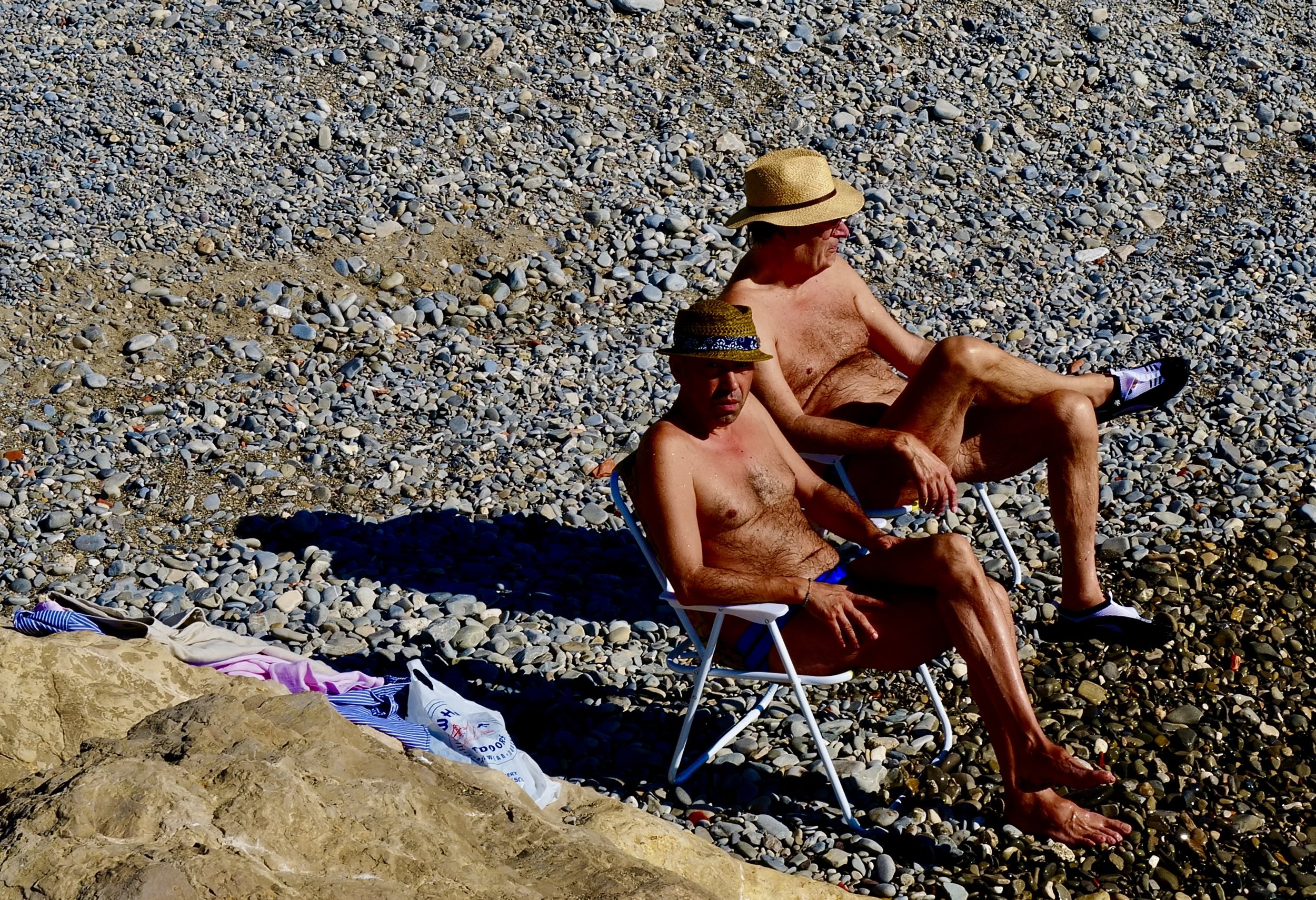

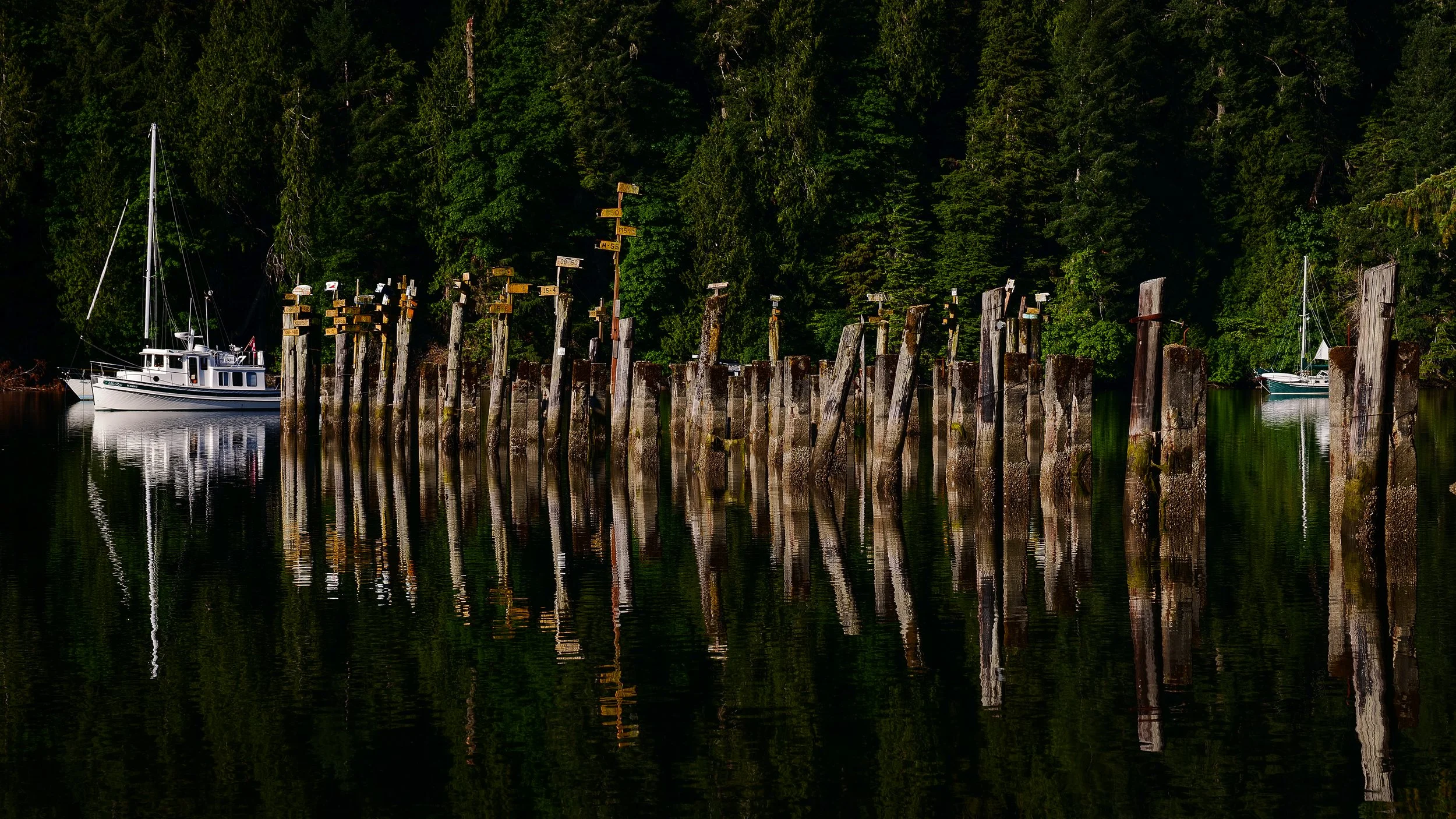
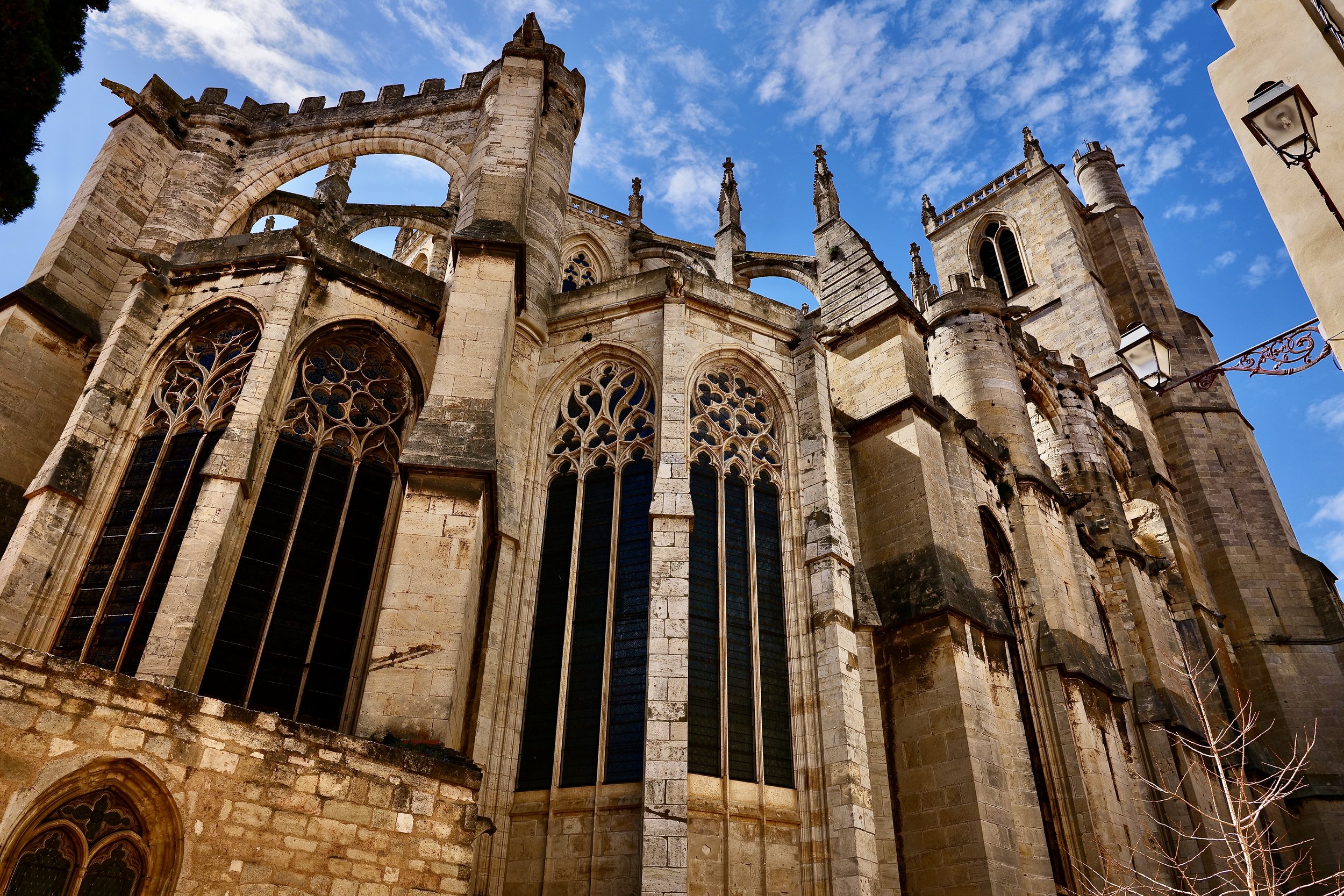
NARBONNE, THEY TOLD US TO BEWARE THE HORRORS OF A FRENCH PROTEST.
Leica Cameras For Travel
